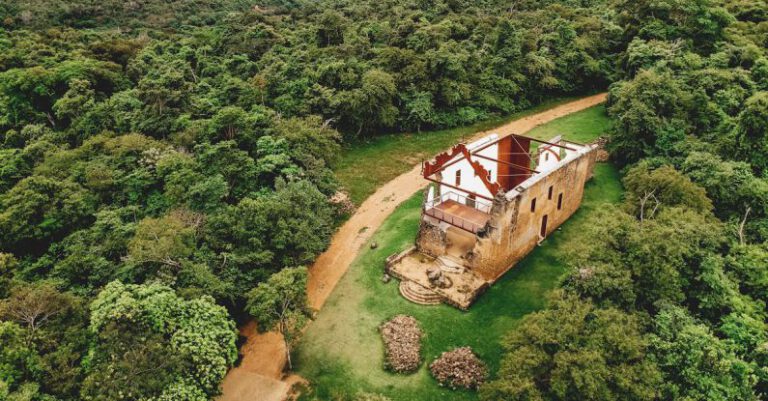Is Urban Wildlife Adaptation a Sign of Thriving Biodiversity?
Urban Wildlife Adaptation: A Testament to Biodiversity Flourishing
Urban wildlife adaptation has become a prevalent topic of discussion in recent years as urbanization continues to encroach on natural habitats. The ability of wildlife to adapt and thrive in urban environments raises the question: Is urban wildlife adaptation a sign of thriving biodiversity?
The urban landscape presents a challenging environment for wildlife, with concrete jungles replacing lush forests and expansive grasslands. Despite these challenges, many species have displayed remarkable adaptability, successfully navigating the maze of buildings and bustling streets to carve out a niche for themselves in urban settings. This adaptation is not only a testament to the resilience of these creatures but also a reflection of the richness of biodiversity that exists within our cities.
### Urban Wildlife: The Ultimate Survivors
One of the most striking examples of urban wildlife adaptation is the prevalence of birds in urban areas. From pigeons and sparrows to hawks and falcons, birds have demonstrated an uncanny ability to thrive amidst the hustle and bustle of city life. These feathered inhabitants have adapted their behavior, diet, and nesting habits to suit urban environments, showcasing their remarkable resilience in the face of human encroachment.
### Flora and Fauna Coexistence
The presence of wildlife in urban areas not only speaks to the adaptability of these creatures but also highlights the importance of biodiversity in maintaining ecological balance. Urban green spaces, such as parks, gardens, and even roadside plantings, provide essential habitats for a variety of wildlife species. By coexisting with native flora and fauna, urban wildlife helps to sustain these green pockets, contributing to the overall health of the urban ecosystem.
### Human-Wildlife Conflict: A Balancing Act
While the adaptation of wildlife to urban environments is a positive sign of biodiversity flourishing, it also brings to light the challenges of human-wildlife coexistence. Encounters between humans and urban wildlife can sometimes lead to conflicts, particularly when animals are perceived as pests or threats. Finding a balance between conserving wildlife and addressing human concerns is essential to ensuring the long-term sustainability of urban ecosystems.
### Conservation Efforts in Urban Areas
Recognizing the importance of urban wildlife conservation, many cities around the world have implemented initiatives to protect and preserve local biodiversity. From creating wildlife corridors to establishing nature reserves within city limits, these efforts aim to safeguard the habitats of urban wildlife and promote coexistence between humans and animals. By engaging with the community and raising awareness about the value of urban biodiversity, conservationists are working to ensure a harmonious relationship between city dwellers and their wild counterparts.
### Looking Ahead: Urban Biodiversity in the Future
As urbanization continues to expand, the preservation of biodiversity in urban areas will become increasingly crucial. Urban planners, policymakers, and conservationists must work together to integrate green spaces, wildlife habitats, and sustainable practices into urban development plans. By prioritizing biodiversity conservation in cities, we can create healthier, more resilient urban environments that support a thriving diversity of plant and animal species.
### In Summary
In conclusion, the adaptation of wildlife to urban environments serves as a compelling indicator of thriving biodiversity within our cities. The ability of animals to navigate and thrive in urban landscapes underscores the resilience and adaptability of nature. By recognizing the importance of urban wildlife conservation and promoting coexistence between humans and animals, we can ensure the continued flourishing of biodiversity in urban areas. Ultimately, the presence of wildlife in our cities is not just a sign of adaptability but also a celebration of the richness and diversity of life that surrounds us.






